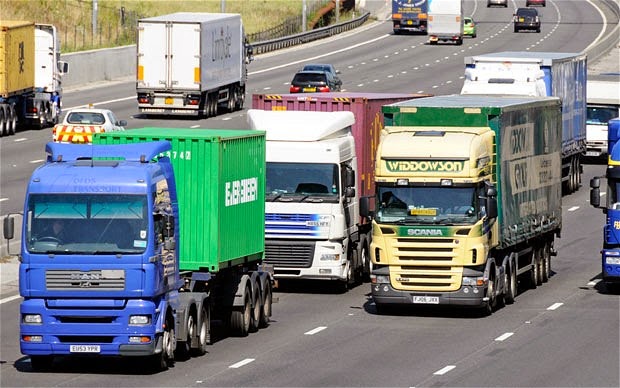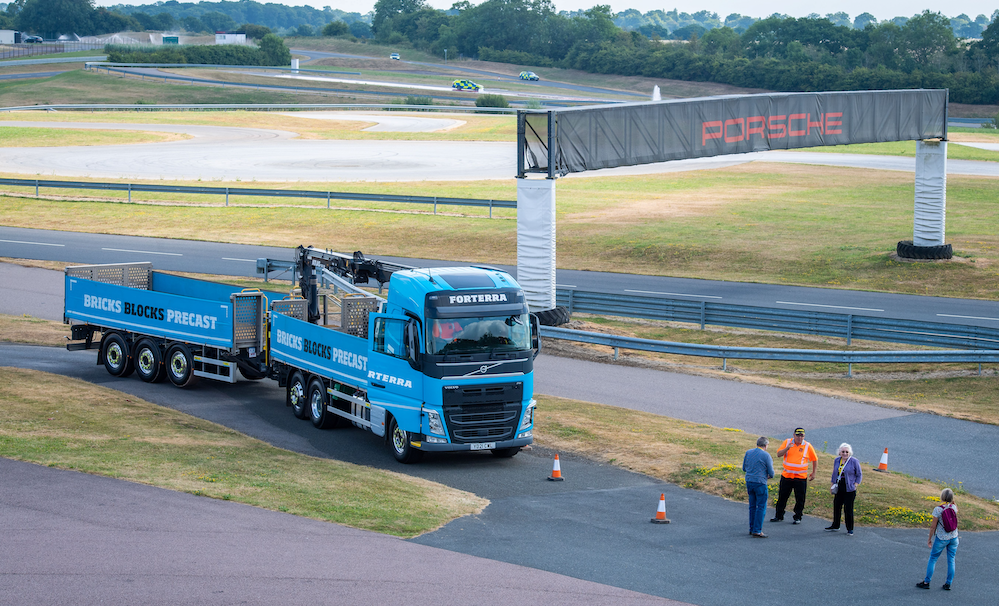All road users owe the same duty of care to each other. This means that each has a duty to take reasonable care not to cause injury or damage to their fellow road users.
There is currently no higher duty of care expected of lorry drivers, than there is of any other road user. This is likely to change soon, with a raft of new rules expected to be brought into the Highway Code, for the first time in many years.
In amongst more than 30 new rules of the Highway Code will be ones that introduce a new hierarchy of road users with the emphasis on ensuring that those who can do the greatest damage, will bear the greatest responsibility for the safety of all other road users.
The aim of the proposed changes is to improve the safety of vulnerable road users.
Who are classed as vulnerable road users?
The Highway Code classifies vulnerable road users as:
- Pedestrians
- Cyclists
- Motorcyclists
- Horse riders
The code as it stands already advises motorists of the need to take precautions and be extra vigilant when driving in the vicinity of vulnerable road users (as well as children, older and disabled people and learners and inexperienced drivers).
At present, the Highway Code is even handed when it comes to providing advice and rules relating to all classes of road user. It recognises that all motorists are required to take extra care when around vulnerable road users. It also takes into the account the extra difficulties faced by large vehicles, such as lorries and HGVs.
For example, Rules 221 & 222 of the Code emphasise the nature of difficulties specific to lorry drivers, such as their need for extra space when turning their large vehicles, the fact that lorry drivers will not be able to see vehicles which move into their blind spot and that lorries may be subject to lower speed limits or have speed restrictors fitted.
What are the anticipated changes to the Highway Code that will most affect lorry drivers?
As well as introducing a hierarchy of road users, the proposed changes will:
- Clarify the current rules on pedestrian priority on pavements. Drivers and riders will need to give priority to pedestrians who are crossing or waiting to cross the road.
- Set out safe passing distance guidance to motorists for when they overtake cyclists or horse riders and ensuring that both have priority at junctions when their intention is to travel ahead.
Few would argue against the introduction of further measures to protect the most vulnerable of road users.
What is concerning many in the haulage industry is the idea of setting out a hierarchy amongst road users.
The new table of hierarchy, would have at the top of it ‘pedestrians’ and at the bottom, ‘large vehicles’, with the latter bearing a greater responsibility to reduce the threat of danger they pose to all others above them in the hierarchical table.
Lorry drivers can already be forgiven for feeling that they are automatically portrayed as the villains of the peace whenever there is a collision between lorries and other road users. The proposal to introduce a hierarchy of road users into the Rules of the Highway Code seems to codify that presumption of guilt, instead of emphasising the fact that all road users should bear equal responsibility to take care of themselves, whilst not doing anything that is likely to cause harm to their fellow road users.
None of this is a good starting point for lorry drivers who find themselves facing prosecution for a driving offence relating to a road traffic collision. You might ask, what happened to the presumption of being innocent until proven guilty?
It is not an ideal scenario either, should they find themselves being sued for personal injury compensation in a lorry accident claim brought by the road user with whom they collided! Mooneerams, specialist road traffic accident solicitors, highlight the fact that the burden of proof required to win a personal injury claim, is only one of ‘on the balance of probabilities.’
What has been the response of the Road Haulage Association?
The RHA Director of Policy for England and Wales has been quoted as saying:
“Creating a “hierarchy” of road users undermines the simple principal that we are all responsible for the safety of ourselves and others when using roads.
“The current highway code rightly emphasises that is a shared responsibility and does not need different responsibilities for different roads users. The current highway code is fit for purpose.”
A consultation process into the proposed Highway Code changes came to an end in October 2020. The results of that consultation are awaited with no small amount of trepidation by all those within the road haulage community.








